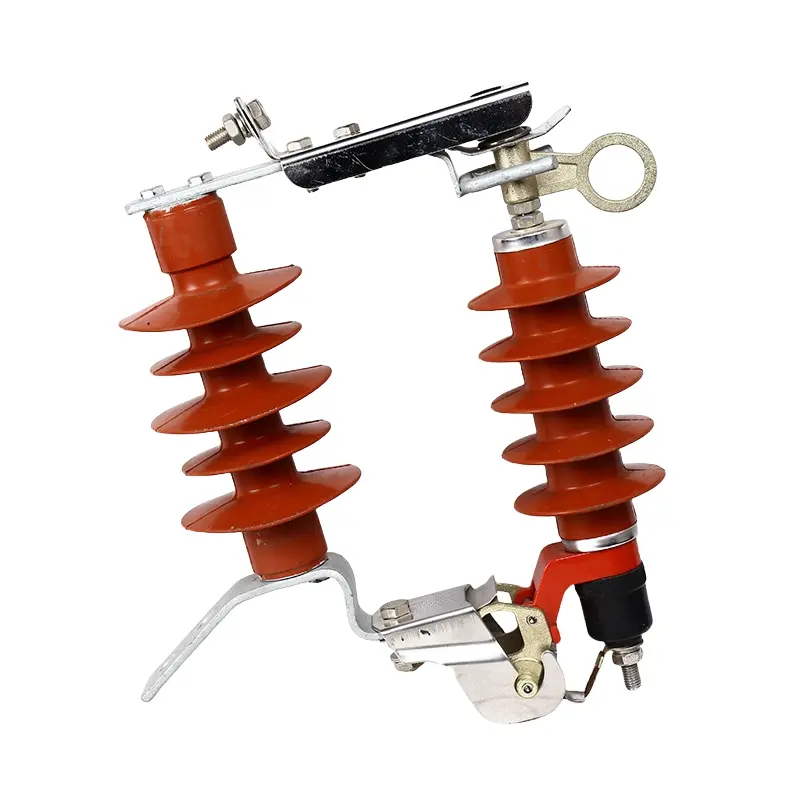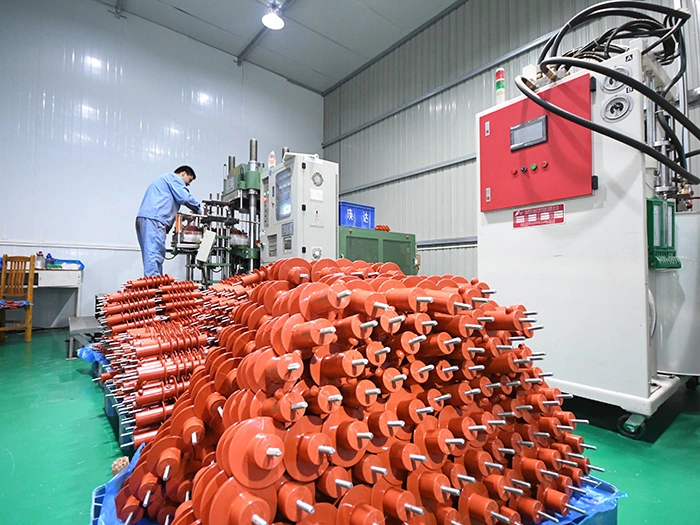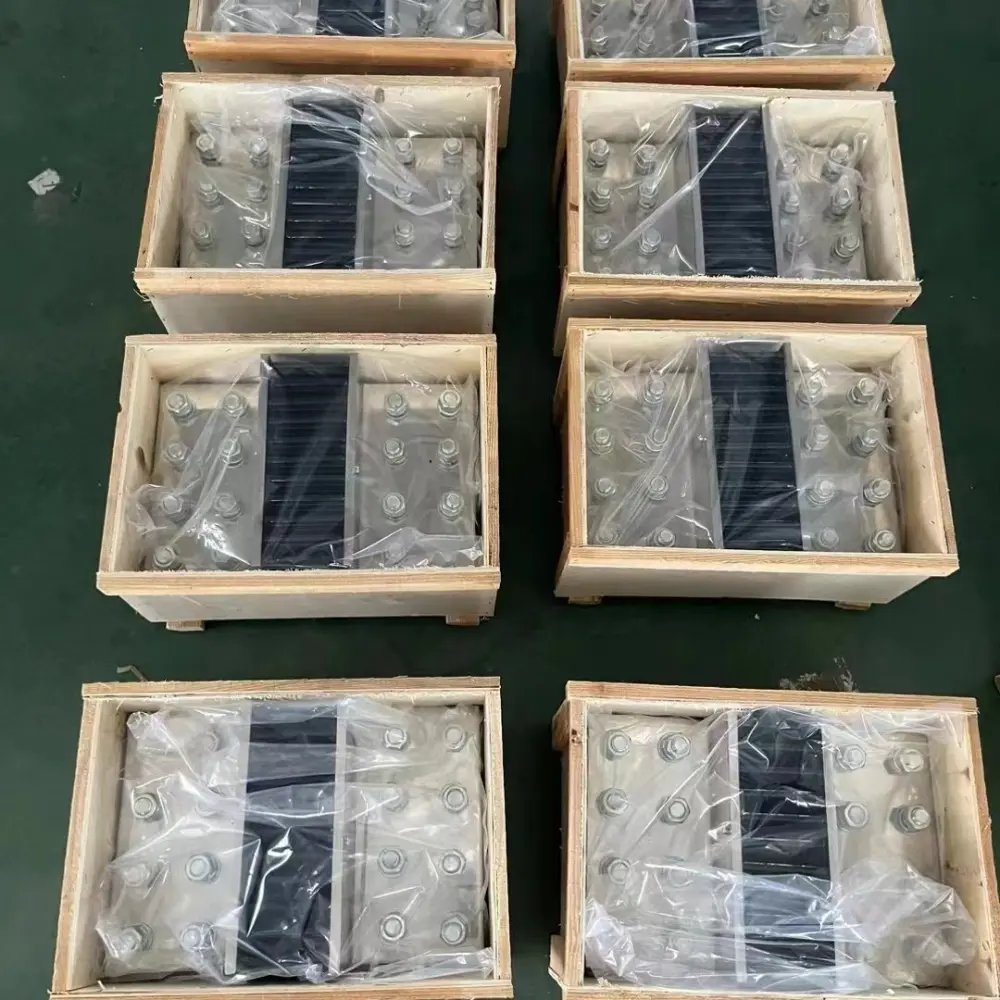As an industry professional in the field of industrial power and energy, I am constantly amazed by the rapid advancements and innovations that are reshaping the landscape of grid protection.
One company that stands out in this regard is LEEYD, a leading name in the industry known for its reliable solutions. With a diverse range of products, including surge arresters and tank-type surge arresters, LEEYD is at the forefront of grid protection, constantly pushing the boundaries of technological innovation.
LEEYD’s commitment to uncompromised quality and cutting-edge research and development is evident in its state-of-the-art facilities and prestigious certifications. Their dedication to excellence is paving the way for the future of grid protection, particularly in the realm of GIS surge arresters.
These advancements in GIS surge arresters are not only revolutionizing the way we protect our grids, but they are also ensuring enhanced stability and reliability, crucial factors in the ever-evolving energy landscape.
In this article, we will delve into the evolution of GIS surge arrester technology, explore key design features, discuss their impact on grid stability and reliability, address challenges and solutions in implementation, and finally, look at future trends and developments in GIS surge arrester design.
Together, we will navigate the future of grid protection with LEEYD’s groundbreaking innovations.
Exploring the Evolution of GIS Surge Arrester Technology
As we delve into the exciting realm of GIS surge arrester technology, let’s explore how LEEYD’s unwavering commitment to innovation and quality has shaped the evolution of grid protection.
Over the years, LEEYD has been at the forefront of developing advanced solutions to safeguard the integrity of electrical grids. Our expertise in surge arresters has played a crucial role in enhancing the reliability and efficiency of grid protection systems.
One of the key advancements in GIS surge arrester technology is the development of tank-type surge arresters specifically designed for fully enclosed combined electrical appliances, particularly GIS. These arresters provide exceptional protection against surges in high-voltage systems, ensuring the smooth operation of critical electrical infrastructure.
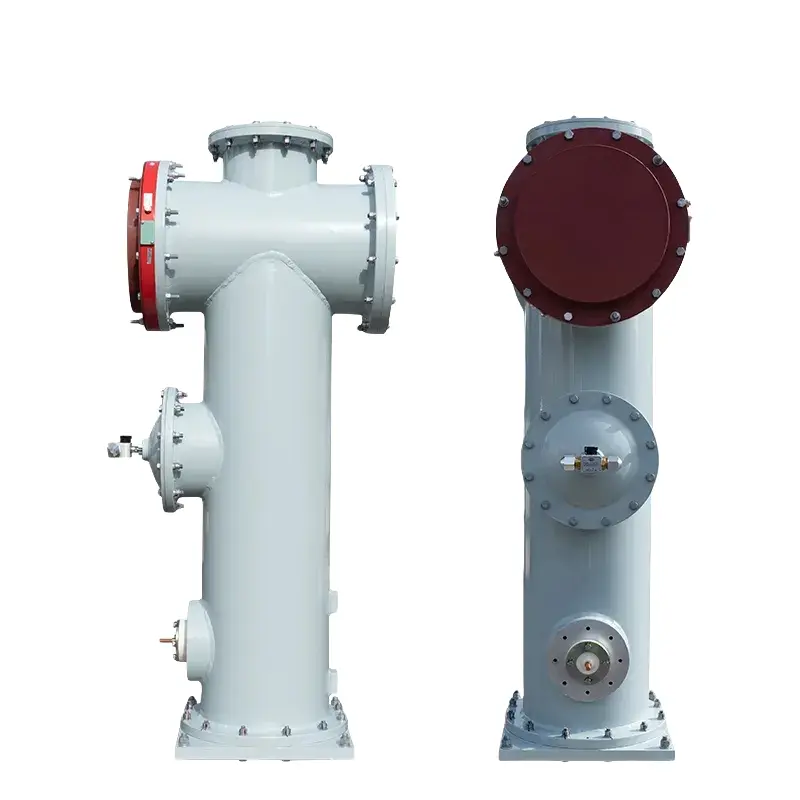
LEEYD’s tank-type surge arresters, ranging from 35kV to 500kV, have set new benchmarks in performance and durability. By collaborating with industry leaders and leveraging our extensive research capabilities, we’ve incorporated cutting-edge materials and designs into our surge arresters, making them highly resistant to environmental factors, such as moisture and pollution. This ensures long-term reliability and minimizes the risk of catastrophic failures in GIS systems.
With our advancements in GIS surge arrester technology, we’re paving the way for a safer and more robust grid protection landscape.
Key Design Features of Modern GIS Surge Arresters
With cutting-edge technology and a focus on innovation, modern GIS surge arresters revolutionize the way we safeguard our power systems. These advanced surge arresters are designed with key features that enhance their performance and provide optimal protection against electrical surges.
One of the key design features is the use of metal oxide varistors (MOVs), which are highly efficient in dissipating surge energy and limiting the voltage to safe levels. The MOVs are carefully selected and arranged in a specific pattern to ensure maximum protection and reliability.
Additionally, modern GIS surge arresters incorporate advanced insulation materials, such as silicone rubber, that offer excellent electrical and mechanical properties. This ensures reliable operation even in harsh environmental conditions and provides long-term durability. The design also includes a compact and space-saving structure, allowing for easy installation within GIS equipment.
Overall, these key design features of modern GIS surge arresters make them highly efficient, reliable, and essential components in safeguarding our power grids.
Furthermore, modern GIS surge arresters are equipped with advanced monitoring and diagnostic capabilities. These features allow for real-time monitoring of surge arrester performance, enabling early detection of any potential issues or degradation. This proactive approach helps prevent system failures and allows for timely maintenance or replacement, ensuring continuous grid protection.
Moreover, modern GIS surge arresters are designed to withstand high fault currents, offering improved reliability and durability. This is particularly important in the case of extreme electrical events, where the surge arrester needs to effectively divert and dissipate large amounts of energy.
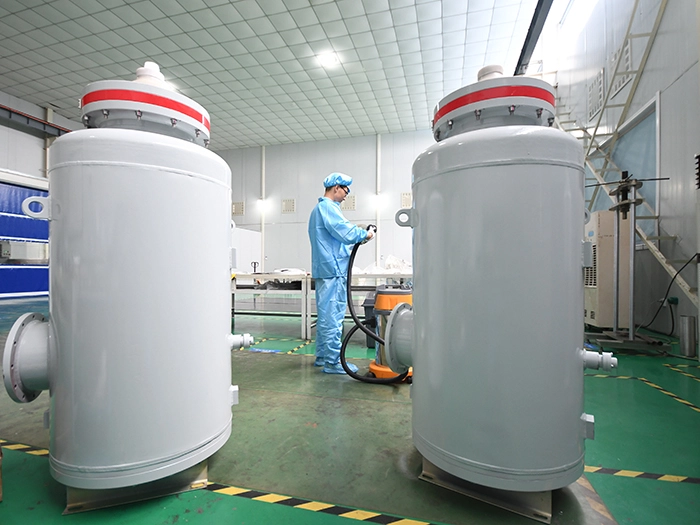
By incorporating these key design features, modern GIS surge arresters provide enhanced grid protection, reducing downtime, and ensuring a stable and reliable power supply. As the power industry continues to evolve, these advancements in GIS surge arrester technology play a crucial role in navigating the future of grid protection.
Impact of GIS Surge Arresters on Grid Stability and Reliability
Modern GIS surge arresters play a vital role in ensuring the stability and reliability of our power grids, safeguarding against electrical surges, and minimizing downtime. As the electricity demand continues to rise, our power grids are becoming increasingly complex and interconnected. This interconnectedness poses a significant challenge in terms of grid stability and reliability. However, with the advancements in GIS surge arresters, we now have more effective tools to address these challenges.
One of the key impacts of GIS surge arresters on grid stability and reliability is their ability to provide fast and efficient protection against electrical surges. These surge arresters are designed to detect and divert excessive electrical voltage away from sensitive components of the grid, preventing damage and disruptions. By quickly responding to and neutralizing electrical surges, GIS surge arresters help maintain the stability of the grid, ensuring uninterrupted power supply to consumers.
Moreover, these surge arresters also enhance the reliability of the grid by reducing the risk of equipment failure and subsequent downtime. With their advanced technology and capabilities, modern GIS surge arresters are essential components in safeguarding the integrity and efficiency of our power grids.
Challenges and Solutions in GIS Surge Arrester Implementation
When it comes to implementing GIS surge arresters, you may encounter various challenges that require innovative solutions to ensure the stability and reliability of your power grid. One of the major challenges is the proper installation of the surge arresters. These arresters need to be installed in the correct locations within the GIS system to effectively protect the grid from surges.
It is crucial to have a thorough understanding of the GIS layout and the potential areas of vulnerability to determine the optimal placement of surge arresters. Additionally, the installation process requires skilled technicians who are trained in handling high-voltage equipment and following strict safety protocols.
Another challenge in GIS surge arrester implementation is the selection of the right arrester for the specific application. The surge arresters need to be carefully chosen based on factors such as the voltage level, system configuration, and environmental conditions. Each application may have unique requirements that demand specific features and performance characteristics from the surge arrester.
It is essential to work closely with experienced manufacturers and consultants to select the most suitable arrester that can effectively handle the potential surge events in the grid.
To overcome these challenges, innovative solutions are being developed. Advanced modeling and simulation techniques are being utilized to analyze the grid behavior and identify the critical areas where surge arresters need to be deployed. This helps in optimizing the placement of surge arresters and ensuring maximum protection of the grid.
Furthermore, manufacturers are constantly improving the design and performance of surge arresters to meet the evolving demands of GIS systems. These advancements include features like increased energy absorption capability, faster response time, and enhanced durability.
Implementing GIS surge arresters comes with its own set of challenges, but with innovative solutions and careful planning, these challenges can be overcome. Proper installation and selection of surge arresters, coupled with the use of advanced modeling techniques and improved product design, can ensure the stability and reliability of power grids in the face of surge events.
It is essential to stay updated with the latest advancements in GIS surge arresters to navigate the future of grid protection effectively.
Future Trends and Developments in GIS Surge Arrester Design
Get ready to explore the exciting future trends and developments in the design of surge arresters for your GIS system! As technology continues to advance at a rapid pace, the field of grid protection is constantly evolving.
One of the key areas of focus is the design of surge arresters for Gas Insulated Substations (GIS). These surge arresters play a crucial role in protecting the GIS system from overvoltages and ensuring its safe and reliable operation.
In the future, we can expect to see significant advancements in the design of GIS surge arresters. One of the major trends is the development of more compact and lightweight surge arresters. As GIS systems become more prevalent and are installed in increasingly space-constrained environments, there is a growing need for surge arresters that take up less space and are easier to install.
Manufacturers are investing in research and development to design surge arresters that are not only smaller in size but also offer improved performance and reliability. Additionally, advancements in materials and manufacturing techniques are enabling the development of surge arresters with enhanced capabilities, such as higher energy absorption and faster response times.
These improvements will help ensure that GIS systems are well-protected against transient overvoltages, minimizing the risk of damage and downtime.
Frequently Asked Questions
What is the history and background of LEEYD in the industrial power and energy sector?
LEEYD has been a leading name in the industrial power and energy sector since 1985. We provide reliable solutions for the industry’s evolving needs, including surge arresters, current shunts, transformers, and automation products.
What are the production capabilities and facilities of LEEYD?
LEEDY has robust production capabilities, including 6 million metal oxide resistor pieces, 300,000 metal oxide surge arresters, 4,000 tank-type surge arresters for GIS, and 30,000 electrical instruments produced annually. Our facilities feature a 1000kV high-voltage test hall and a dedicated laboratory for raw material analysis.
What certifications and global presence does LEEYD have?
LEEDY has prestigious certifications including ISO9001, ISO14001, OHSAS18001, KEMA, and CE. We have a global presence with partnerships with Siemens, ABB, Schneider Electric, NARI Group, and China Huadian Corporation.
Who are some of LEEYD’s esteemed partners in the industry?
Some of our esteemed partners in the industry include Siemens, ABB, Schneider Electric, NARI Group, and China Huadian Corporation. We are proud to collaborate with these industry stalwarts to provide innovative solutions to our clients.
What are the core values and vision of LEEYD?
The core values and vision of LEEYD are centered around technological innovation, uncompromised quality, the welfare of our team, and above all, the satisfaction of our clients.
Conclusion
In conclusion, as a leader in the field of industrial power and energy, LEEYD has demonstrated its commitment to shaping the future of grid protection through advancements in GIS surge arresters. The evolution of GIS surge arrester technology has paved the way for enhanced grid stability and reliability, ensuring the smooth operation of power systems.
With key design features and innovative solutions, LEEYD’s surge arresters have proven to be instrumental in protecting grids from surges and ensuring uninterrupted power supply.
While challenges may arise in the implementation of GIS surge arresters, LEEYD’s dedication to research and development has allowed them to overcome these obstacles and provide effective solutions. With a focus on uncompromised quality, LEEYD’s surge arresters have received prestigious certifications, further establishing their credibility in the industry.
Looking ahead, the future of GIS surge arresters holds great promise. Ongoing advancements and developments in design will continue to improve the efficiency and effectiveness of these devices, further enhancing grid protection. LEEYD’s commitment to technological innovation and its state-of-the-art facilities position them at the forefront of these developments, ensuring a bright future for grid protection and the continued success of LEEYD in the industry.

